コラム
落合憲弘
John Sypal
タカザワケンジ
なぎら健壱

Jun Abe is a photographer’s photographer. He makes pictures which say less about a particular city or day than an exclamation which celebrates the medium- and the relequinshing of oneself to it. He’s that kind of photographer that early on, established sensible technical boundaries- a simple Nikon SLR with a 28 or 35mm lens and Kodak Tri-X film- and, without further distraction (save perhaps increasing film prices) set out to follow his photographic compulsions on a walk which has now stretched into few decades.
His methods are duly practical. They’re traditional to the point of stubbornness- but if something - particularly a tried and true method- isn’t broke, there’s nothing to fix. Making consistent exposures with the same gear on the same film stock soon developed the same recipe results in consistent negatives which can be consistently, quickly printed in the darkroom. Abe, see, is about the pictures.
If such technical consistency is a vehicle, his unending desire to see- or picture- the streets, is the engine. This pairing of drive and curiosity has resulted in a vast body of work which he has been steadily publishing in a series of B5 size paperback photobooks each year by Vacuum Press in Osaka.
Most of his books have simple, practical titles, with most making note of the years the pictures within were taken.
2022 gives us “1995”, his latest book since 2021’s “Black and White Note 3”.
In 2020 he published two books with 2002 in the title.
For 2019? “Citizens in Society 1989-1994”.
Two books titled “2016” came out in 2018, and in 2015 and 2016 he published no less than three books titled “1981”.
“2001”? That came out in 2014.
Now then, where was I. . .
Oh yes- dates. Text.
They are, with perhaps the exception of those with a city’s name behind them, the only written context provided. Minimal desire to say in words what he’s interested in in his pictures- this again, in my mind at least, is another thing that makes him a photographer’s photographer. Chance, timing, improbability, not to mention whims and focus of interest- all the things which make for good pictures, resonate with his photobook output methods. I have lined them up on my shelves as a B5 timeline with the years titled, rather than years published.
As for the book- it’s classic, consistent Jun Abe. The pictures, often densely layered and harshly textured by stark afternoon sunlight, present the viewer another satisfying slew of compulsively snapped chance encounters and fleeting glances. Regardless of the year A.D., here on Abe has always enjoyed the smorgasbord which the dirty, crowded streets of his native Osaka have provided- one populated by women and long shadows and children and cars and and furrow-browed men and wires and more cars and concrete and lines form and movement- often dizzyingly mixed together. This world is always seen straight ahead- but sometimes glimpses of a further compounded, distorted and overlapped one are found as he peers with his lens through street-level panes of glass.
Jun Abe has a steady fan base of other photographers around the world- like all of his books, this is another one for them. He puts out what can be considered good books by any metric- certainly visual and tactile ones, but also budget-wise, too. (Especially with the yen as it is in mid 2022- 3000 yen is a mere $22 USD).
So yes, if you’re already an Abe fan, 1995 is definitely one to add to your collection. It’s also a great entry to his world- thankfully most of his books are still readily available online and just as affordable. Just expect your Abe section to grow- maybe make sure you have room to put the (hopefully) inevitable entries “1994” & “1996” on either side of it.
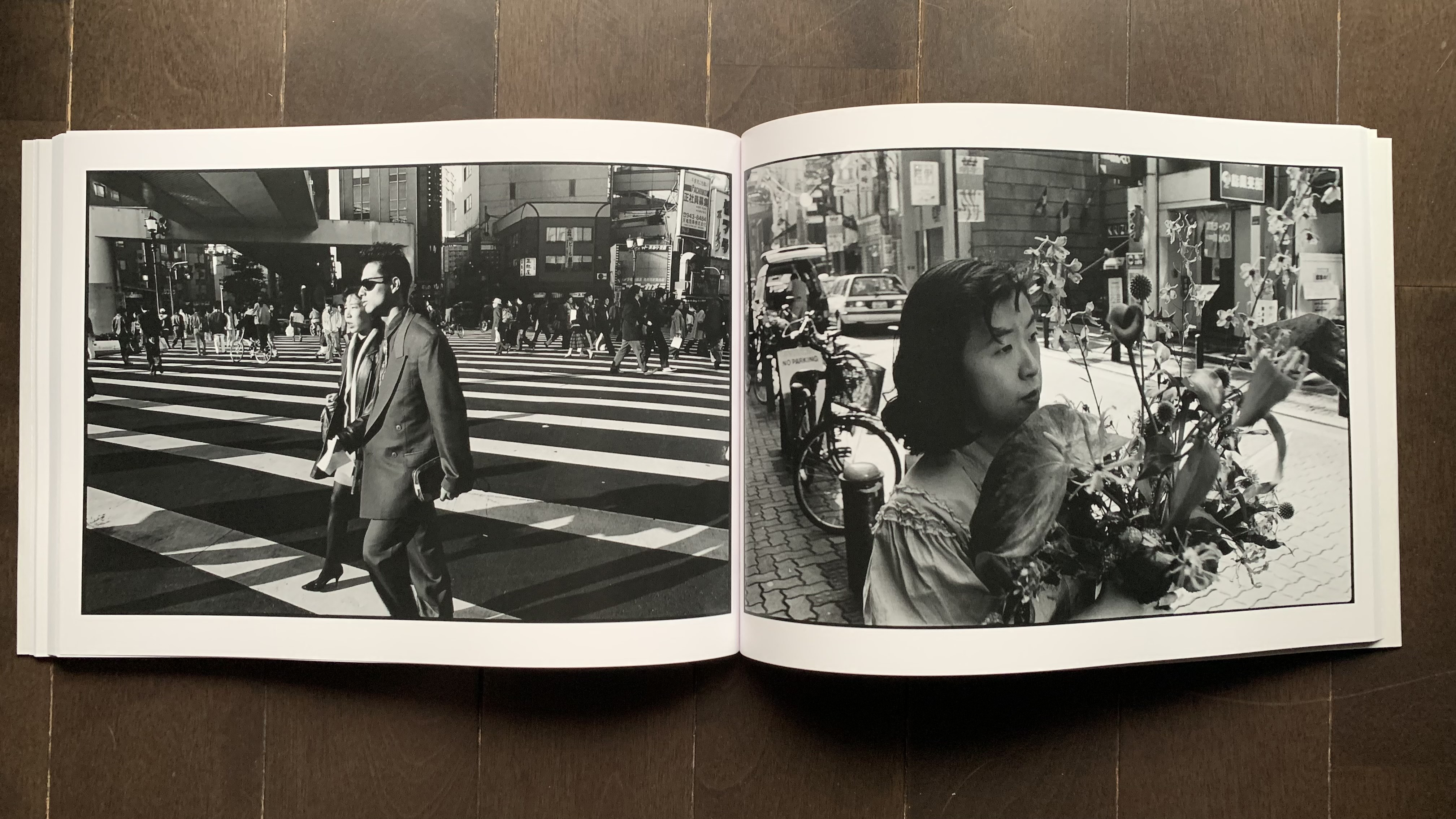
阿部淳さんは写真家の中の写真家である。
彼の作品は、ある都市やある日についてというより、「写真」という素晴らしいモノについて写真を以てして語っている写真家です。自分自身を解放する写真を撮っている、と言ってもいいでしょう。
阿部先生は若い頃から、シンプルなニコンの一眼レフと28mmか35mmのレンズ、とシンプルなコダックTri-Xフィルムという、シンプルな技術をもって自身の写真を確立し、ある種の気晴らしもせず、数十年間写真的散策をしている方です。
阿部先生の写真のアプローチは、実に実践的です。
アプローチの方法論はやや頑固なまでに伝統的なのですが、同じ機材・同じフィルム・同じ現像のレシピを用いて安定したネガを作り出すことで、暗室での素早いプリントが可能となるのです。「写真家の中の写真家」であるからこそ、写真(銀塩プリント)はすべてなのです。
このような技術的な一貫性が彼の方法論(運転)であるとするなれば、彼の「街を写真にしてみたい」という、尽きない欲求こそがエンジンなのです。この意欲と好奇心の組み合わせが、すごい写真(スーパーカー)となるのです。
膨大な作品を生み出し、大阪のVacuum Pressから毎年B5サイズのシリーズとして写真集を出版されています。写真集のタイトルは「年号」が使われています。写真が撮影された年代を記したものです。
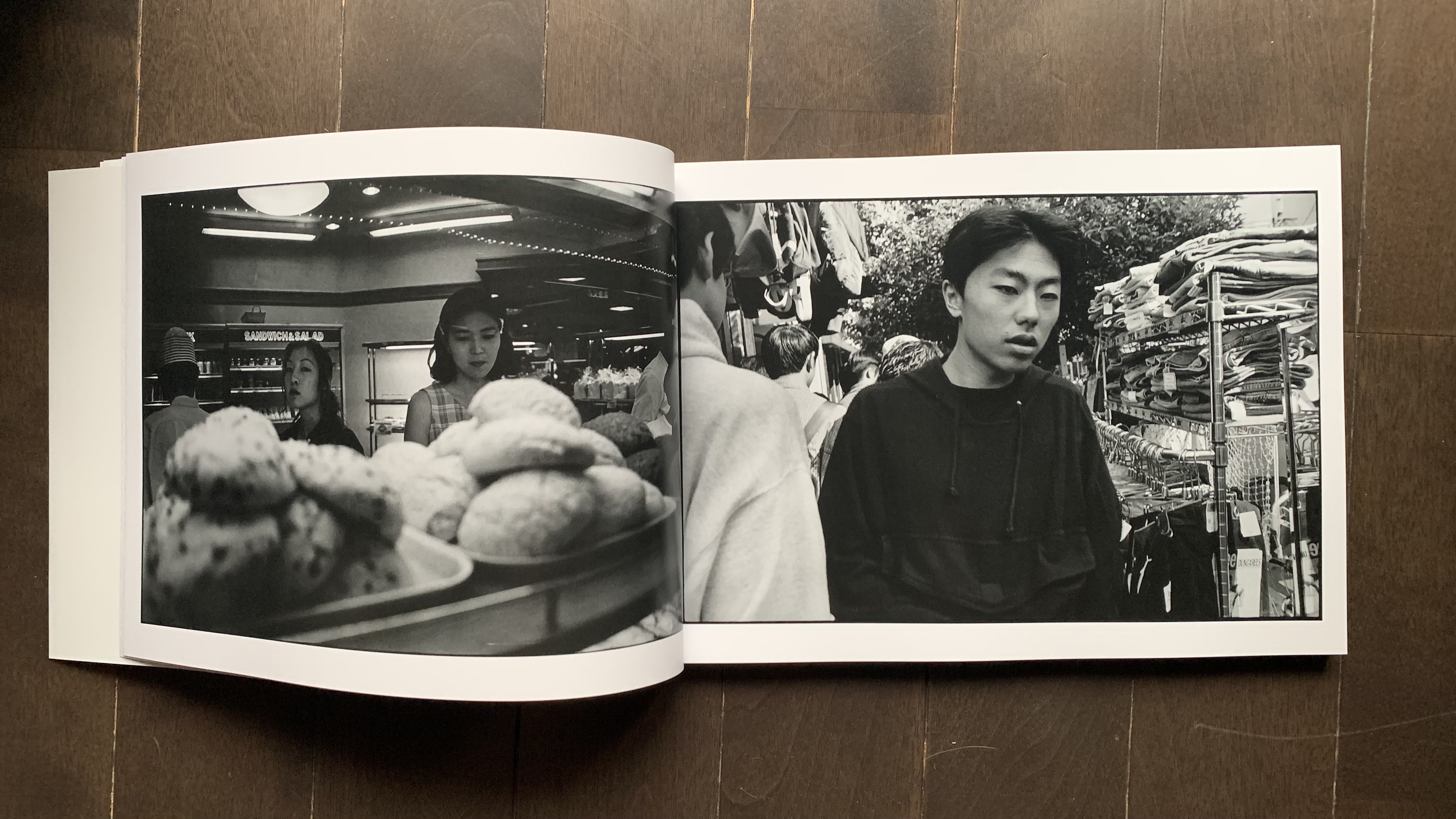
2022年に刊行された『1995』は、2021年刊行の『白黒ノート3』以来の最新作です。
2020年には、タイトルに「2002」と明記された写真集を2冊出版しています。
2019年の本はというと『Citizens in Society 1989-1994 』です。
2018年には『2016』というタイトルの本を2冊出版、2015年と2016年には『1981』というタイトルの本を3冊以上出しています。
では『2001』という写真集も昔の年号なのか、と思いきや、それは2014年に出版されました。
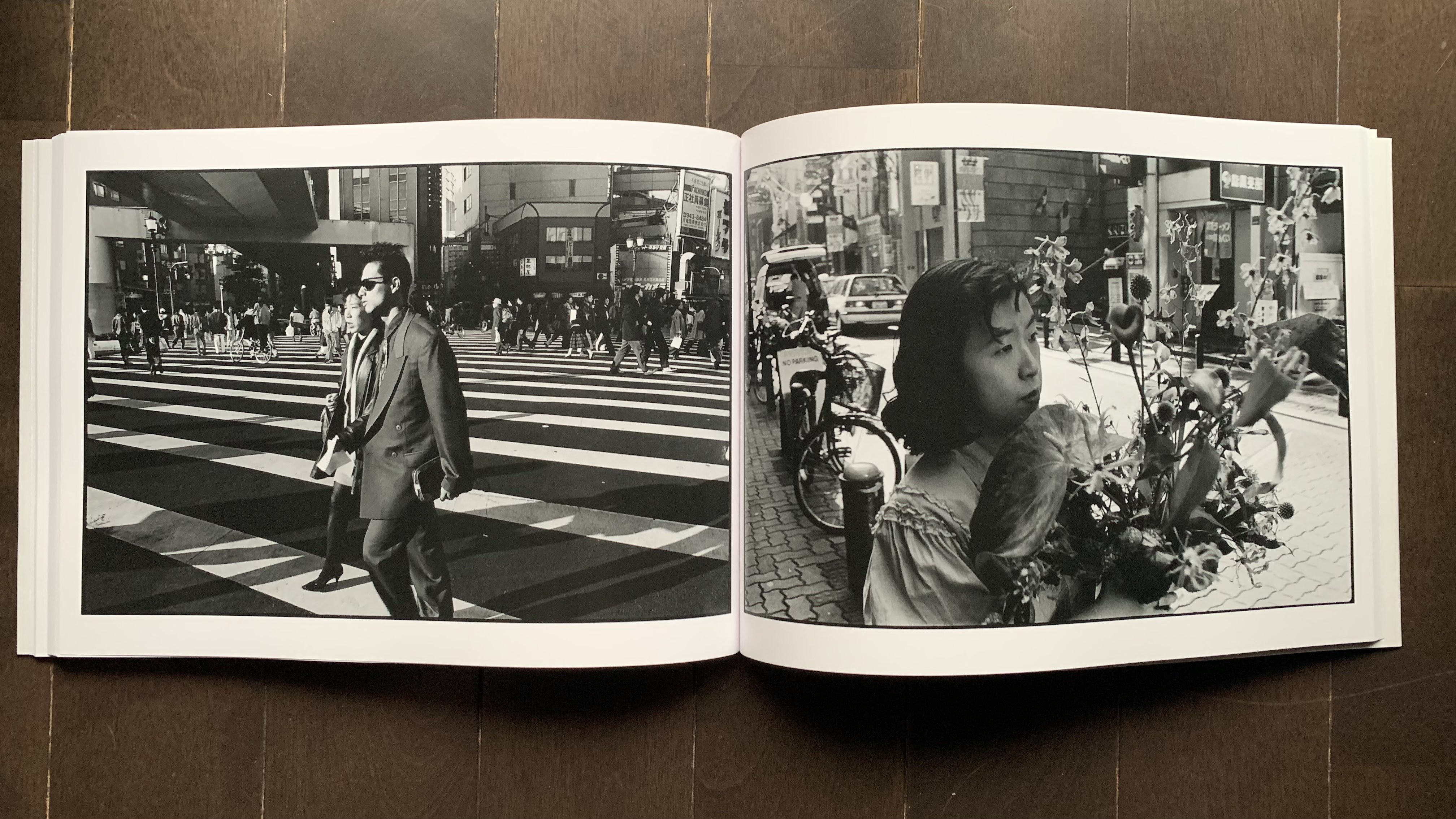
写真集のタイトルとなった年号や、たまに都市名は、写真集における唯一の文字情報です。
写真に込められた思いを言葉にすることを極力避けるということもまた「写真家の中の写真家」の証のようだと感じます。
阿部先生の写真集の出版順についてですが、このような偶然性やタイミング、興味の対象など、良い写真を撮るための要素と同様な気がします。
私は、個人的な話ですが、阿部先生の本を出版年順ではなく、タイトルに入っている年号順に本棚に並べています。

さて、本の中身です。この『1995』はある意味クラシックな阿部淳です。
しばしば重層的で、午後の厳しい日差しによって厳しい質感を持ち、見る者に偶然の出会いや一瞬の視線を強迫的にスナップする満足のいく作品群を見せてくれています。
時代に関係なく、阿部先生が写す大阪の汚れた雑踏を楽しんできました。
彼が写す街には、女性や長い影、子供、車、男性、電線、さらに車、コンクリート、線、形、動きなどがめまぐるしく混在しています。
写真集を通じて、この世界をいつも真正面から見ていますが、時折、街路のガラス越しにレンズを覗き込むと、さらに複合的で歪んだ、重なり合った世界を垣間見ることができることも面白いです。
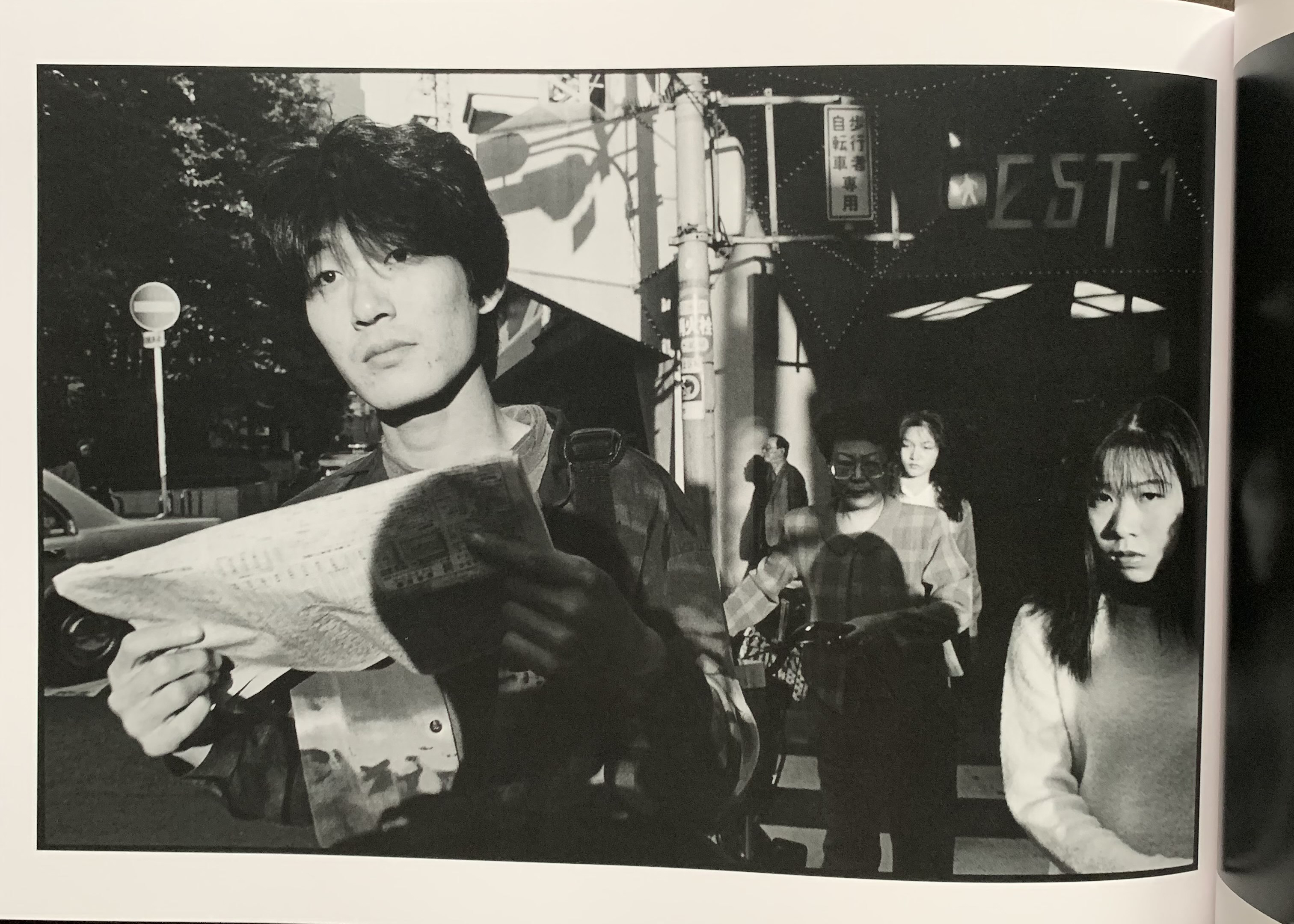
阿部淳さんの写真集はインターネットの普及のおかげで、世界中にファンがたくさんいます。
彼の本は、視覚的、触覚的なものだけでなく、予算的にも良い本と言えるでしょう。(特に2022年半ばの円安を考えると、3000円はわずか22ドル!)。
阿部先生のファンなら、『1995』は間違いなくコレクションに加えるべき一冊なのではないでしょうか。
また、彼の世界への入口としてもいいと思います。
ただ、毎年必ずせめて一冊増えていく阿部淳の写真集をコレクションするのならば、「1994」と「1996」の二冊を並べられるように、スペースを確保しておくといいでしょう。
- Jun Abe "1995"
- Published by Vacuum Press, 2022
- 阿部 淳『1995』
- 142ページ・B5・並製・モノクロ・写真点数138点
3000円(税別)- 出版=Vacuum Press(2022年5月11日発行)
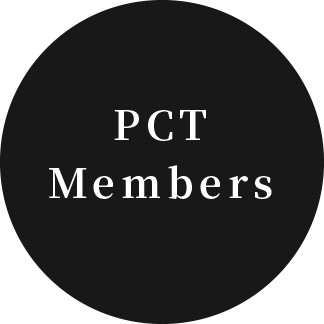

PCT Membersは、Photo & Culture, Tokyoのウェブ会員制度です。
ご登録いただくと、最新の記事更新情報・ニュースをメールマガジンでお届け、また会員限定の読者プレゼントなども実施します。
今後はさらにサービスの拡充をはかり、より魅力的でお得な内容をご提供していく予定です。
 「Photo & Culture, Tokyo」最新の更新情報や、ニュースなどをお届けメールマガジンのお届け
「Photo & Culture, Tokyo」最新の更新情報や、ニュースなどをお届けメールマガジンのお届け 書籍、写真グッズなど会員限定の読者プレゼントを実施会員限定プレゼント
書籍、写真グッズなど会員限定の読者プレゼントを実施会員限定プレゼント